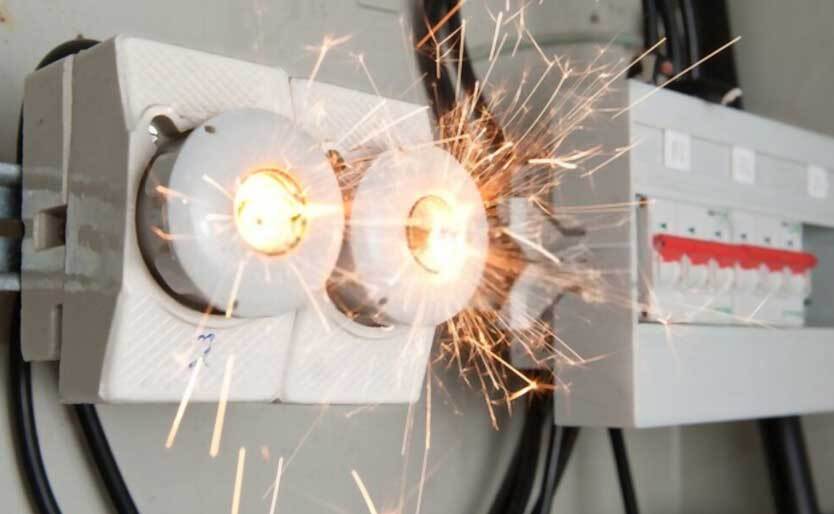Nowadays, electricity is the basic necessity for every household, but this comes with potential problems, especially if you don’t follow standards and guidelines. Have you ever noticed the frequent dimming of lights or a buzzing from an outlet? If yes, then your electric circuit faces overload. It happens when excessive current passes through your house’s electrical wiring. If the current exceeds the capacity of the wiring, then chances of mishap increase.
In this article, we will discuss the potential indicators of a circuit overload, how to fix them, and when to call an electrician for specialized assistance?
Signs of Circuit Overload
Consider a cold night in July, and you are sleeping with all of your tech essentials plugged in. Then all of a sudden, to counter the cold, you push the plugs of your heater into the outlet. This increases the load on your electrical wiring system, which might start showing some signs before getting things out of control. Let’s discuss those signs one-by-one so we can avoid them:
Frequent Tripping of Circuit Breakers
The Circuit breaker trips when you are pulling excess power from the circuit. to avoid any potential damage. So if you are already using the full capacity and you plug the heater in, the circuit breaker will trip. To counter this excessive current, the circuit breaker will trip for the safety of inhabitants and other appliances. There can be multiple other reasons for circuit tripping, but overloading is the most significant one.
Hot or De-colored Wall Plates
When a higher voltage of current passes through a circuit, usually higher than its capacity, then wall plates get hot. If this issue remains unattended, it can even lead to the decolourization of these plates and may lead to further damage. If you see such signs, call the electrician and seek electrical repair immediately to avoid any disaster.
Dimming of Lights
Frequent dimming of the light is one of the major signs that warn you about an overloaded circuit. There can be some reasons also like electricity interruptions from the central grid. But blinking, flickering, or dimming, all these are indicators that your load is exceeding the limits. So, before things get out of hand, lower the load and consult an electrician for electrical services to avoid hazards.
Burning Smell
When the load exceeds a certain limit, wiring usually gets hot, and receptacles start producing a burning odour.
Mild Electrical Shock
If your circuit has exceeded the electrical wiring’s optimal voltage limits, you might receive a mild electrical shock from the appliances attached, or from switches or receptacles.
Can you avoid overload by Yourself?
There’s nothing complicated in checking the overload, but it’s strongly recommended never to touch electrical systems without proper safety equipment. If you have the equipment but don’t have adequate knowledge and expertise, you must avoid tackling these issues on your own.
These are technical complications that should be fixed by an expert electrician to avoid any further loss or chance of any hazard. If you are looking for quicker and more reliable electricians, consider clicking here to get your issue resolved within a day. Isn’t it amazing!

